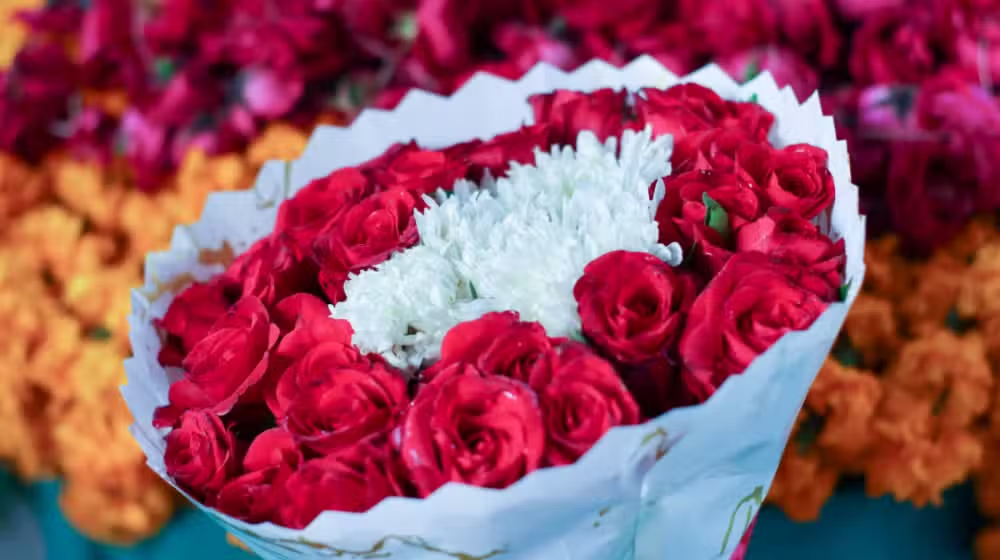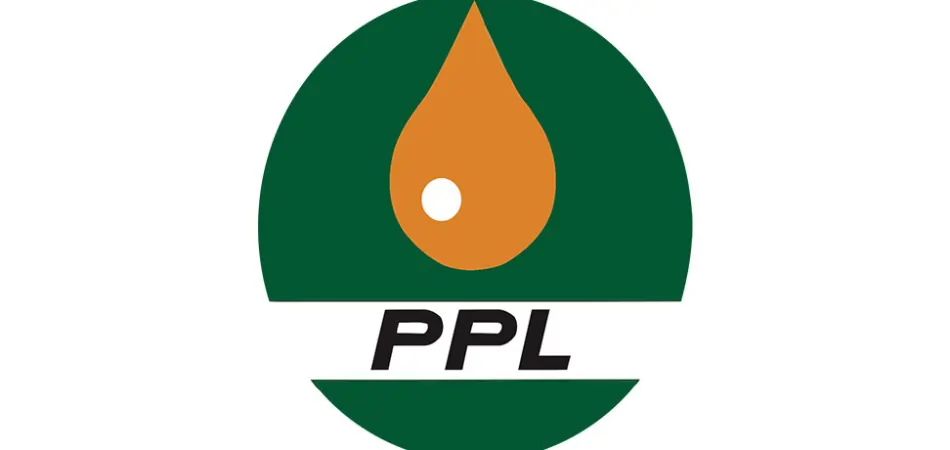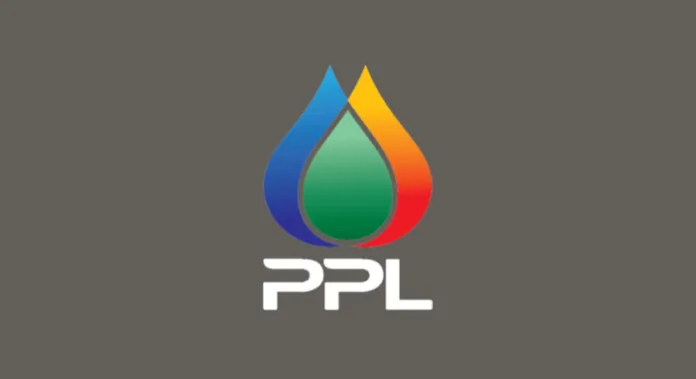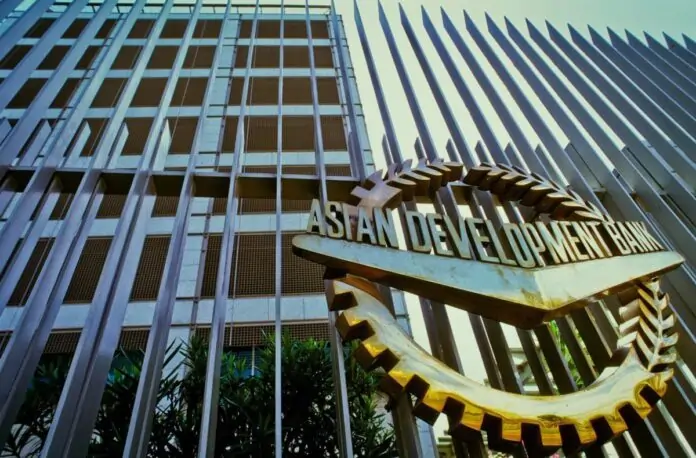Pakistani scientists have reportedly introduced a groundbreaking rose variety that offers farmers the potential to earn up to Rs. 1.5 million per acre annually.
This development not only opens new avenues in the $60 billion global floriculture market but also provides a resilient option against rising temperatures.
The new variety, named Rosa Centifolia UAF, was developed by the Institute of Horticultural Sciences at the University of Agriculture Faisalabad (UAF).
According to Dr. Iftikhar Ahmad, Professor of Floriculture at UAF, a single acre planted with approximately 5,000 of these roses can produce around one kilogram of premium-quality rose oil valued at Rs. 1.5 million.
After deducting costs, the net profit amounts to approximately Rs. 740,000 per acre annually, making it highly lucrative for large-scale growers.
For farmers who may not have the resources to invest in oil extraction, the rose variety offers alternative revenue streams.
Selling rose petals alone can generate Rs. 400,000 per acre, resulting in a net profit of about Rs. 260,000 annually from the second year onwards.
Additionally, processing the flowers into rose water can yield 50,000 liters per acre, bringing in Rs. 1.5 million in sales and about Rs. 600,000 in net profit.
Converting them into rose jam (gulqand) can generate Rs. 750,000 in sales per acre, with Rs. 240,000 net profit.
These diverse business models allow both small-scale farmers and industrialists to benefit according to their investment levels.
Unlike the traditional Surkha (red) rose, which struggles in high heat, Rosa Centifolia UAF continues to bloom even in temperatures above 40°C, producing fragrant, bunch-like flowers throughout the year.
This variety is designed to thrive in Pakistan’s changing climate, maintaining flower size, fragrance, and oil quality even under harsh conditions.
The rose has a lifespan of 12–15 years and yields 500–700 flowers per plant annually, making it a long-term investment crop for farmers seeking stable income.
Globally prized products such as rose oil, rose water, dried petals, and gulqand give the variety high export value.
The oil’s fragrance and purity are comparable to the globally renowned Rosa Damascena, while its rose water and jam quality surpass the Rosa chinensis commonly grown in Pakistan.







